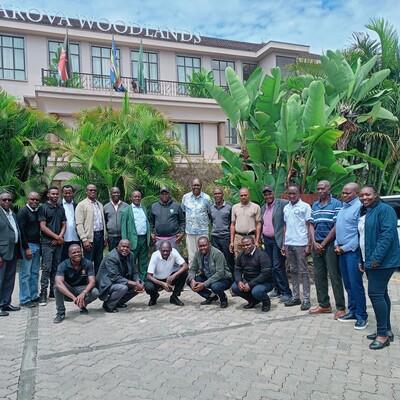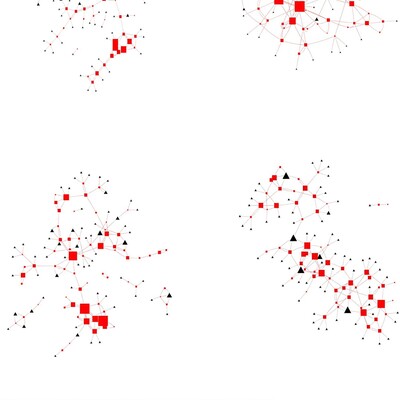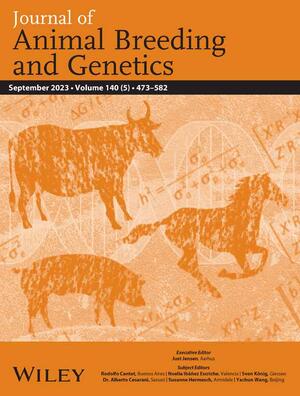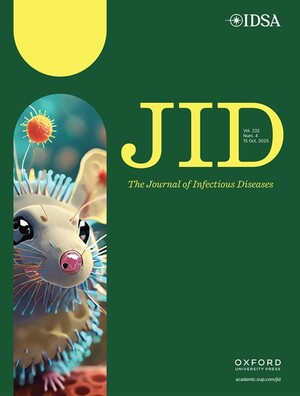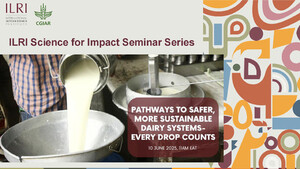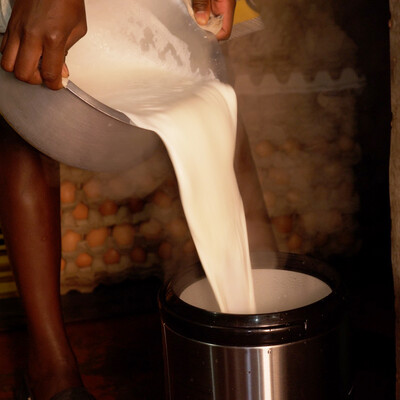
Researchers investigate the governance structure of the Nairobi dairy value chain and its influence on food safety

A new study published in Preventive Veterinary Medicine has investigated the governance structure of the Nairobi dairy value chain and the challenges faced by stakeholders and how these impact on food safety.
The dairy value chain of Nairobi consists mostly of small-scale independent enterprises that operate within a complex interlinked system. In this complexity, the coordination and power structures of the system may have major influences on the management of dairy food safety.
The study was carried out by a team of scientists from the International Livestock Research Institute, the Kenya Directorate of Veterinary Services, Royal College London, the University of Liverpool and the University of Nairobi as part of a research project on the epidemiology, ecology and socio-economics of disease emergence in Nairobi.
The researchers collected qualitative data through focus group discussions and key informant interviews based on a dairy value chain mapping framework previously developed. Thematic analysis enabled identification of governance themes, key challenges and analysis of their implications on food safety. Themes were organized depending on their association with farmers (informal settlement or peri-urban), dairy cooperatives, dairy traders, processing companies, retailers or government officers.
The identified governance themes included (i) weak linkage between government and farmers, (ii) inadequate compliance with government regulations by traders and retailers, (iii) emphasis on business licenses and permits for revenue rather than for food safety, (iv) multiple licensing resulting in high business cost and lack of compliance, (v) fragmented regulation, (vi) unfair competition and (vii) sanctions that do not always result in compliance.
The key challenges identified included (i) inadequate farmer support, (ii) harassment of traders and retailers and (iii) high business costs for traders, retailers, dairy cooperatives and large processors.
The implication of governance and challenges of food safety were, among others, (i) inadequate extension services, (ii) insufficient cold chain, (iii) delivery of adulterated and low milk quality to bulking centres, (iv) inadequate food safety training and (v) lack of policies for management of waste milk.
The range of issues highlighted is based on stakeholders’ perceptions and reflects the complexity of the relationships between them. Many of the governance themes demonstrate the linkages that are both beneficial or confrontational between the formal and informal sectors, and between industry and regulatory authorities, with possible direct food safety consequences.
The findings of the study give indications to decision-makers of potential governance areas that could help improve efficiency and food safety along the dairy value chain.
Citation
Kiambi, S., Onono, J.O., Kang’ethe, E., Aboge, G.O., Murungi, M.K., Muinde, P., Akoko, J., Momanyi, K., Rushton, J., Fèvre, E.M. and Alarcon, P. 2020. Investigation of the governance structure of the Nairobi dairy value chain and its influence on food safety. Preventive Veterinary Medicine 179: 105009.






